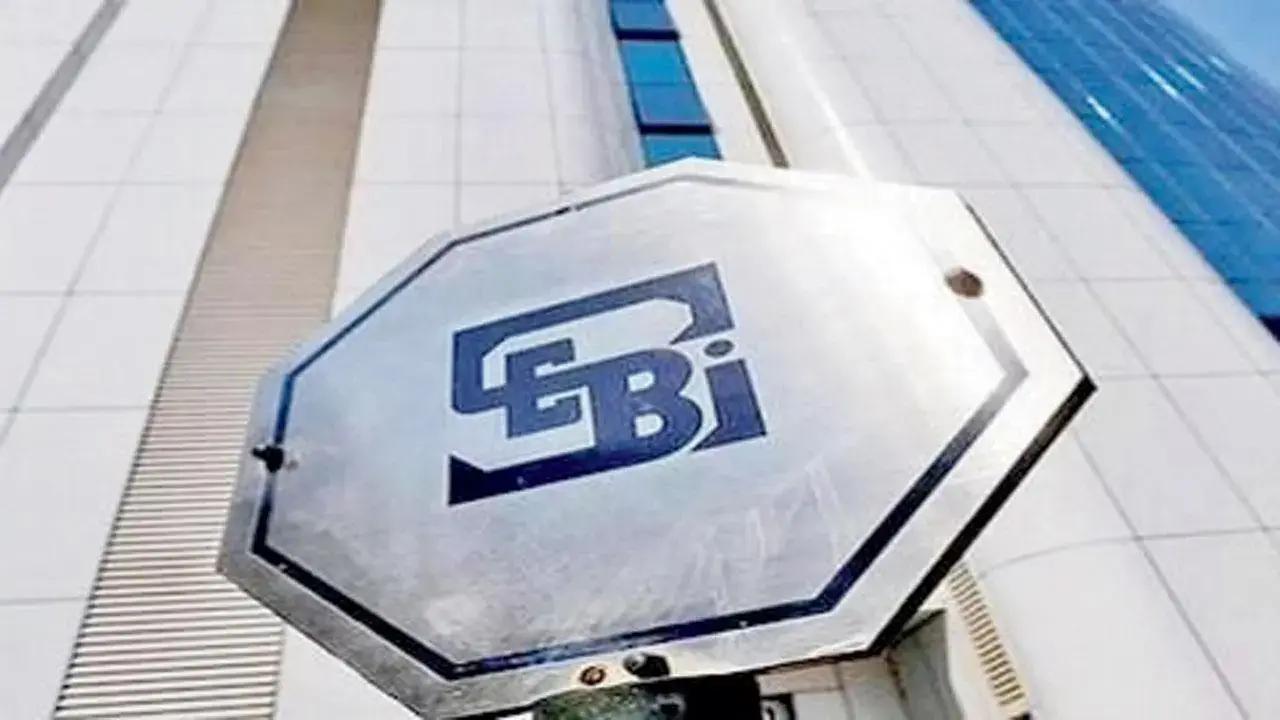The Securities and Exchange Board of India (Sebi) has proposed increasing the threshold for identifying High Value Debt Listed Entities (HVDLEs) from Rs 500 crore to Rs 1,000 crore. This move aims to ease compliance burdens and enhance corporate governance norms for debt-listed entities, encouraging a more efficient business environment.

File Pic
Key Highlights
- Sebi plans to increase the HVDLE threshold to Rs 1,000 crore to ease compliance.
- Public comments on the proposals are open until November 15.
- Relaxations proposed for non-company HVDLEs to reduce committees.
The Securities and Exchange Board of India (Sebi) has proposed an increase in the threshold for identifying High Value Debt Listed Entities (HVDLEs) from ₹500 crore to ₹1,000 crore in a bid to ease compliance burdens for companies. Currently, any entity with outstanding non-convertible debt securities valued at ₹500 crore or more is classified as an HVDLE.
ADVERTISEMENT
In a consultation paper released on Thursday, Sebi suggested that if an HVDLE's outstanding debt drops below the proposed threshold for a defined period, it could trigger the end of certain governance obligations. This move is intended to provide greater flexibility to these entities.
The regulatory body also recommended creating a specific chapter within the Listing Obligations and Disclosure Requirements (LODR) Regulations that would outline governance norms for HVDLEs, clearly distinguishing them from entities listed on equity markets. Additionally, Sebi proposed that governance reports be filed in eXtensible Business Reporting Language (XBRL) format and introduced voluntary Business Responsibility and Sustainability Reporting (BRSR). This would help to align reporting standards for HVDLEs with those for equity-listed companies.
Sebi's proposals include certain relaxations for HVDLEs that are not classified as companies under the Companies Act of 2013. These relaxations pertain to the formation of committees such as the Nomination and Remuneration Committee (NRC), the Risk Management Committee (RMC), and the Stakeholders Relationship Committee (SRC). To avoid the need for multiple committees, Sebi suggested that an HVDLE’s board of directors could either form the required committees or delegate their functions to the audit committee.
The proposed change to increase the threshold for identifying HVDLEs aims to facilitate ease of doing business while ensuring investor interests are safeguarded. Furthermore, Sebi recommended that there be a cap on the total number of committees a director can serve on, encompassing both equity and debt-listed entities. This measure aims to prevent over-commitment by directors and ensure they can adequately fulfil their responsibilities.
Sebi is seeking public comments on these proposals until November 15, indicating an openness to feedback from the market participants regarding these regulatory changes. These adjustments are part of a broader effort to refine corporate governance norms for HVDLEs, promoting a more efficient business environment while protecting investor interests.
(With inputs from PTI)
 Subscribe today by clicking the link and stay updated with the latest news!" Click here!
Subscribe today by clicking the link and stay updated with the latest news!" Click here!







